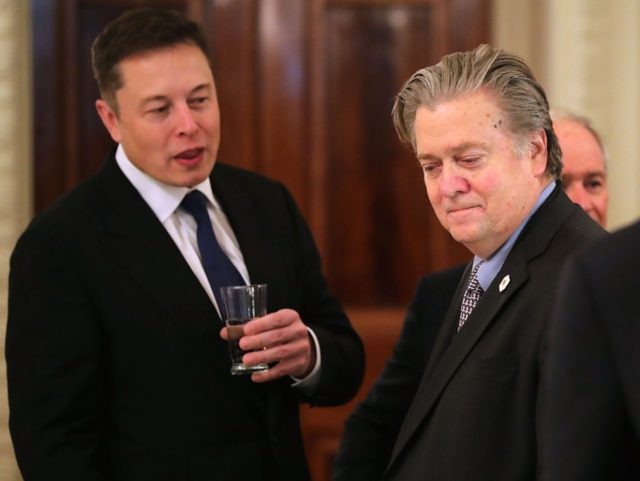SpaceX completed a successful mission lift-off Thursday of a used Falcon 9 booster rocket, landing it successfully once again on a platform in the ocean.
In the process, the company may not only have launched a commercial race for planetary mining and colonization that will define the 21st century, but may have forced other nations to develop space militarization capabilities.
Following two years of experimental landing of booster rockets after take-offs, SpaceX recycled a booster stage rocket for the first time in history in a flawless launch at 6:37 EST on March 30 of an SES-10 communications satellite into Geostationary Transfer Orbit. The Falcon 9 booster launched from NASA’s Kennedy Space Center in Florida was successfully recovered under its own power by landing safely on a floating platform in the Atlantic Ocean, making itself potentially available to be recycled again.
CEO Elon Musk commented on the company’s mission live stream about the meaning of SpaceX’s historic milestone: “It means you can fly and refly an orbital class booster, which is the most expensive part of the rocket. This is going to be, ultimately, a huge revolution in spaceflight.”
The prior cost for a Russian Proton or a SpaceX Falcon 9 first-stage-boaster-rocket launch for a commercial satellite mission had been about $60 million. Both vehicles have exhibited similar reliability of about 95 percent.
But SpaceX President Gwynne Shotwell stated that relaunching a used Falcon 9 rocket, net of $1 million in refueling and $3 million in refurbishment, was only $40 million, about a 33 percent cost savings.
According to Stratfor Global Intelligence, SpaceX’s rapidly falling space launch cost curve will stimulate a huge expansion of the company’s commercial space applications. But as countries become increasingly reliant on space systems, nations like Iran, Japan, South Korea, North Korea, India, Turkey, Brazil, and Argentina will pursue independent space programs as the military and economic importance of space grows.
The traditional space powers included the United States, Europe and Russia. But China, Japan and India have all attempted or announced missions to Mars in the past 3 years. Stratfor suggests that as many nations will now perceive access to space as essential to pursue both military and economic objectives, they will not want to be reliant old partners.
The Cold War space programs pretended to be about scientific discovery, but the real goals were nationalistic and strategic competition.
Under a 1965 National Security Action Memorandum, President Lyndon Johnson prohibited the U.S. from helping any foreign nations develop their own communications satellite constellations. Although the policy was rescinded 2 years later, France and West Germany formed the European Space Agency that developed the Ariane rocket program. China facing similar restrictions from Russia, formed their own space program in 1960.
Prior to SpaceX’s disruptive innovation, commercial satellite customers could choose between similar-coast government launch programs from the U.S., Russia, Europe, China and Japan for competitive space launch options. But by deregulating its space industry, America’s private space launch industry now includes SpaceX, Amazon Blue Origin, Virgin Galactic and over a dozen start-up competitors.
Although the United States and many nations are signatories to the Outer Space Treaty, which establishes a simple yet comprehensive regime limiting the militarized use of weapons of mass destruction in or from outer space, the only WMDs mentioned in the treaty are nuclear weapons. The 50-year-old treaty could never have contemplated space-based weapons like lasers and particle beams.
Stratfor predicts that with the proliferation of rocket technology by governments and private companies making it impossible to restrict access to space, the best way for the U.S. to maintain its current military and commercial advantage as the world’s innovation powerhouse is by continue to privatize America’s space program.

COMMENTS
Please let us know if you're having issues with commenting.